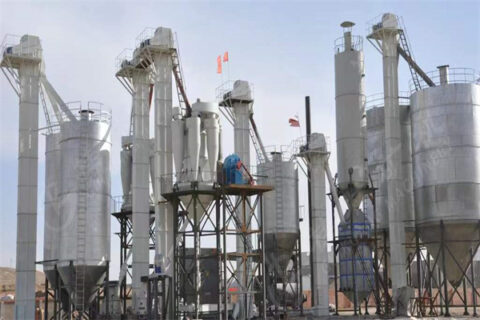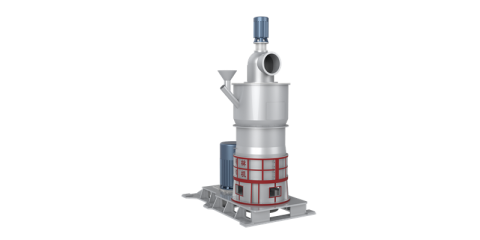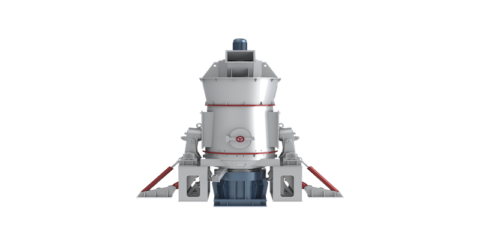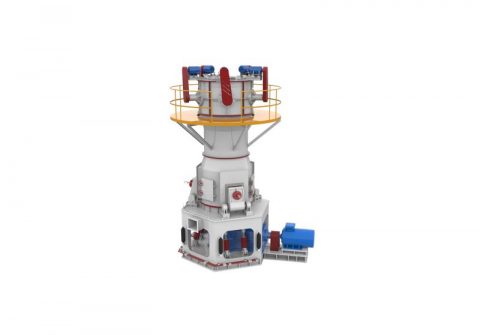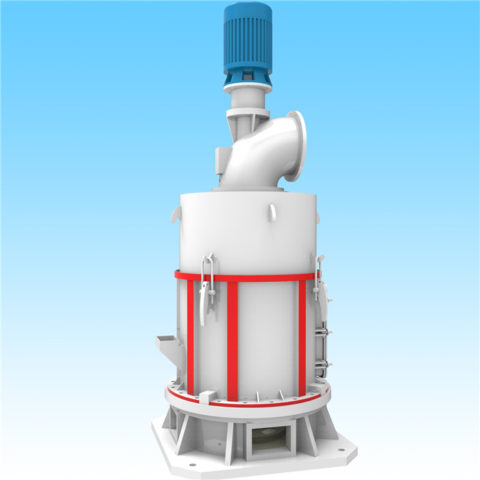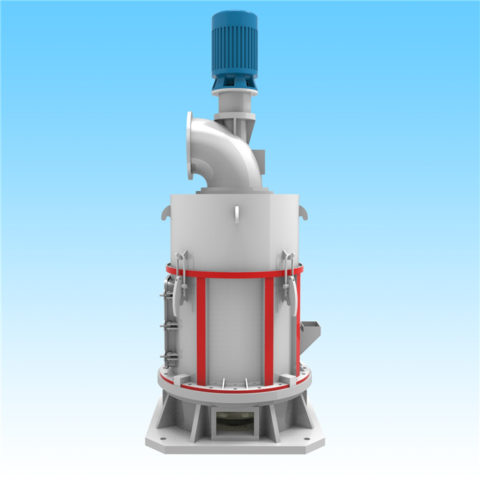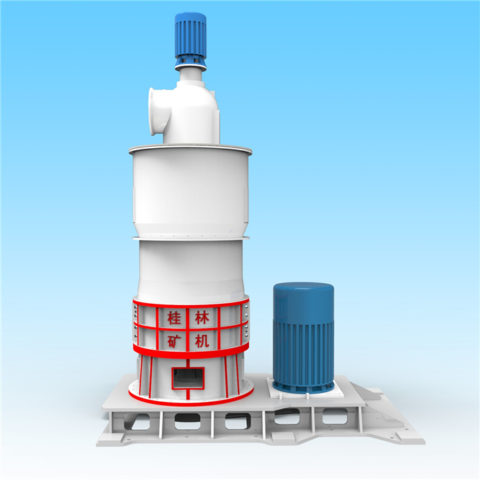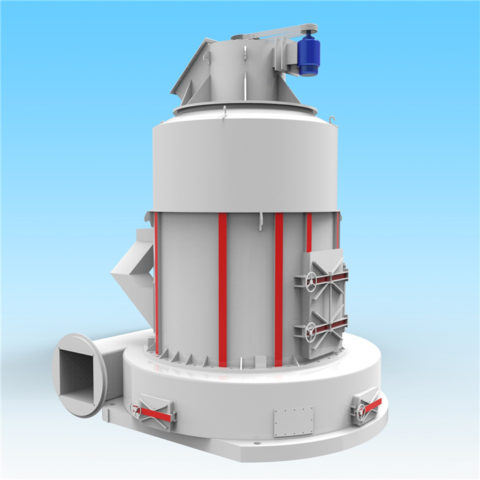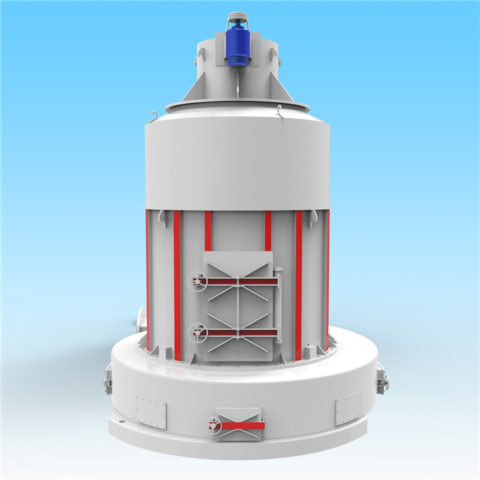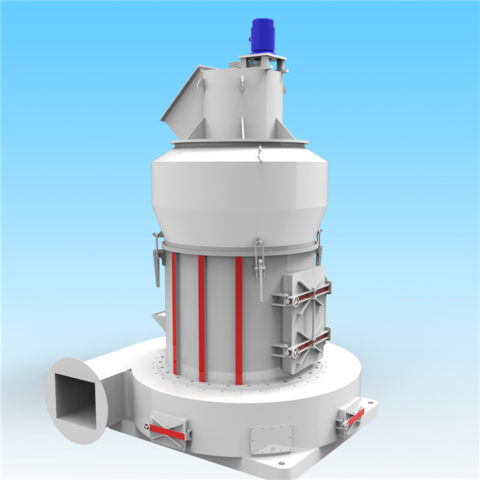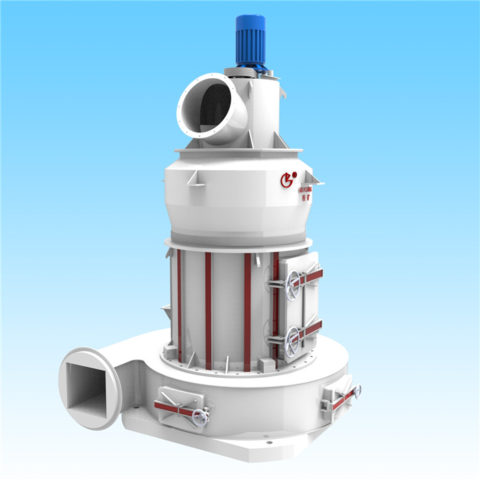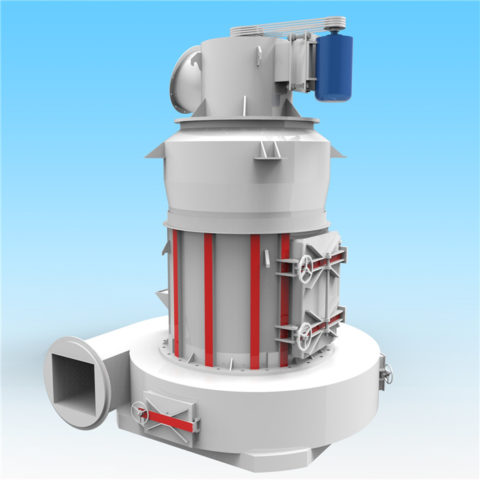The large increase in the production of medical protective equipment is a good opportunity for the calcium carbonate industry, and the future prospects of calcium carbonate are good.
Calcium carbonate can be used in the processing of non-woven fabrics.
Calcium carbonate is a common industrial inorganic compound that can be processed from limestone, calcite, marble, chalk and other ores. It is generally white powder, tasteless and odorless.
There are many kinds of related products in the calcium carbonate industry, including ground calcium carbonate (GCC), precipitated calcium carbonate (PCC), nano calcium carbonate, calcium oxide, calcium hydroxide, etc. important role in many fields.
In the production of non-woven fabrics, a large amount of PP masterbatch will be filled, and calcium carbonate is the main raw material of PP filler masterbatch.
Adding calcium carbonate to the non-woven fabric can reduce costs, save resources, and reduce its decomposition time, which is more environmentally friendly. The calcium carbonate used in this field is generally between 1250 mesh and 2500 mesh.
As the fight against the epidemic continues, the consumption and production capacity of protective equipment will continue to increase, and the demand for calcium carbonate as an initial raw material will also increase.
After this epidemic, as people’s awareness of protection increases, the emphasis on protective equipment, especially masks, increases, the demand for masks increases, and the production capacity increases.
Therefore, the market prospect of calcium carbonate can be expected to be relatively good, especially for ultra-fine The demand for calcium carbonate will greatly increase.
The calcium carbonate raw stone (limestone, marble, calcite, etc.) is fed into the crushing cavity through the feeder, and the crushing cavity is driven by the transmission device. There is a certain clearance between the grinding wheel and the pin shaft installed on the grinding wheel bracket. When the grinding wheel support revolves with the main shaft, the grinding wheel is thrown to the grinding ring by centrifugal force, and the inner wall of the grinding ring is pressed and rotated around the pin shaft. When the material passes through the gap between the grinding wheel and the grinding ring, it is impacted, squeezed and ground by the grinding wheel. smash.
The grinding wheels of GKH ultra-fine grinding are distributed in multiple layers. When the pulverizer is working, the material passes through the gap between the first layer of grinding wheel and the grinding ring, and then falls to the second, third and fourth layers for multiple pulverization.
Under the action of gravity, the crushed calcium carbonate powder falls to the throwing tray and is thrown into the airflow channel and enters the classification chamber for classification. The qualified fine powder enters the rear collection system through the classification wheel for collection, and the coarse material is thrown to the inner wall of the shunt ring. , and fall back into the crushing chamber for crushing.

